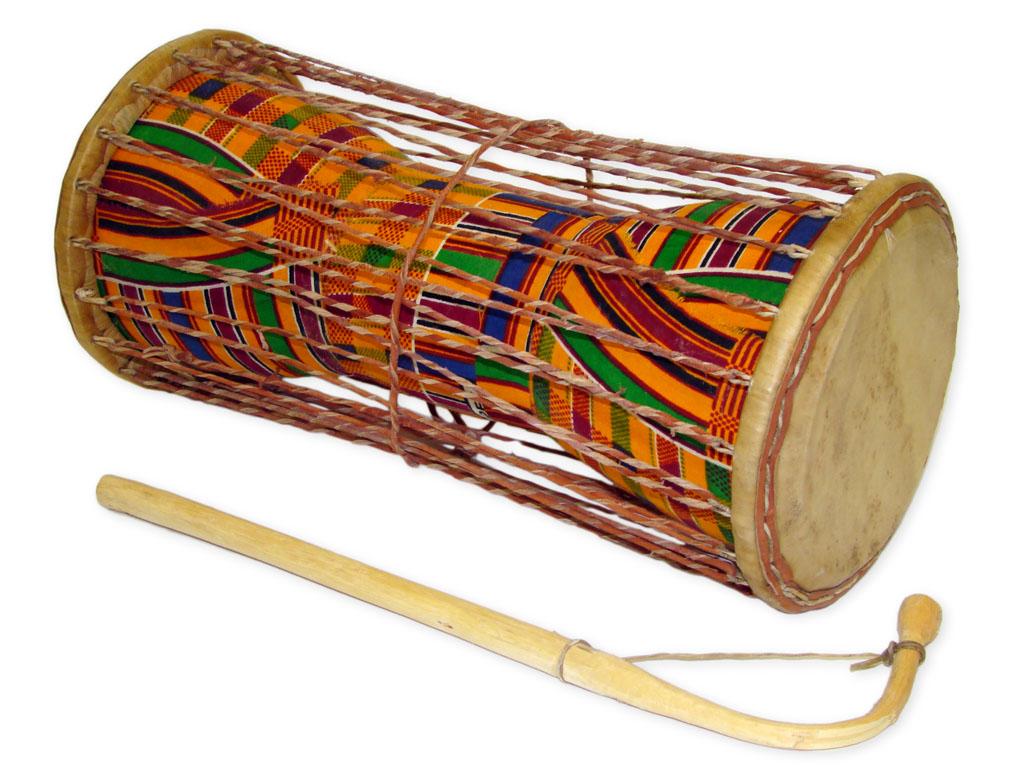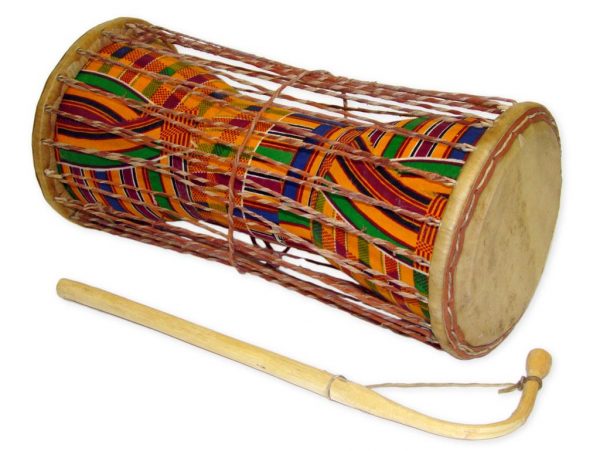Although, modern musical instruments like the piano, guitar, violin, and trumpet amongst others are taking over the musical landscape, the place of the Yoruba Batá (Talking Drum) can never be downplayed. It is exceptional and unique in its production and sound which connotes so much to those that deeply understand the Yoruba language and cultural heritage. It is a truly African traditional drum that is known all over the world. Interestingly, foreigners have traveled to south-west Nigeria to learn the art of the talking drum. It is not dead. In fact, Jovago.com, Africa’s No 1 Hotel Booking Portal can clearly say that the drum is waxing stronger.

Why is it called the talking drum?
Does it have the mouth to speak? The answer is NO. The talking drum is an hourglass-shaped drum made from wood and goatskin. The drum is tagged the talking drum because it can “imitate the lines, speech or words of a spoken language especially Yoruba. The interpretation of rhythm from the talking drum as earlier mentioned can only be done by individuals who have a grounded knowledge of Yoruba folklore. Interestingly, there are drum beats for different ceremonies ranging from funerals to christenings and inaugurations amongst others. The talking drum has two surfaces that are beaten with a bent or curved stick. The drummers are well trained and have the knowledge and understanding of Yoruba culture and traditions.
Types of Talking Drum
There are different types of talking drums. The only way they can be differentiated is by size. They include the Iya-Ilu (Mother of Drums), gangan, and omele.
How it works
The talking drum is an interesting piece of musical instrument. Its hourglass shape makes it possible for it to be held under the arm. It is made of adjustable cords. This cords can determine the pitch of the drum. If the cords and strings are pulled hard, the sound or tone from the drum would increase and if the chords are softly squeezed, the sound will be low. This manipulation can only be perfectly implemented by an experienced drummer. This feature makes this drum different from other traditional drums.
Origin
The origin of the talking drum can be traced to the Old Oyo Empire in South-West, Nigeria. It was introduced as a means of communication during inauguration of the Alaafin of Oyo. It is also used during festivals and served as a signal to herald the arrival of an important personality. The talking drum is arguably one of the oldest traditional instrument in Africa. When next you travel for a festival or occasion in South-West, Nigeria, look out for the talking drum!
About Jovago
Jovago.com is an online hotel booking service with offices in Lagos (Nigeria), Nairobi (Kenya), Dakar (Senegal) founded by Africa Internet Group and has MTN and Millicom as investors. Jovago.com, Africa’s No.1 booking website, facilitates the booking process for its users to provide them with the best hotel booking experience with fast, transparent and easy-to-use services. Jovago.com has over 20,000 local hotel listings across Africa and over 200,000 hotels around the world. Follow on Twitter: @jovagotravel and like on Facebook: https://www.facebook.com/jovago.com



